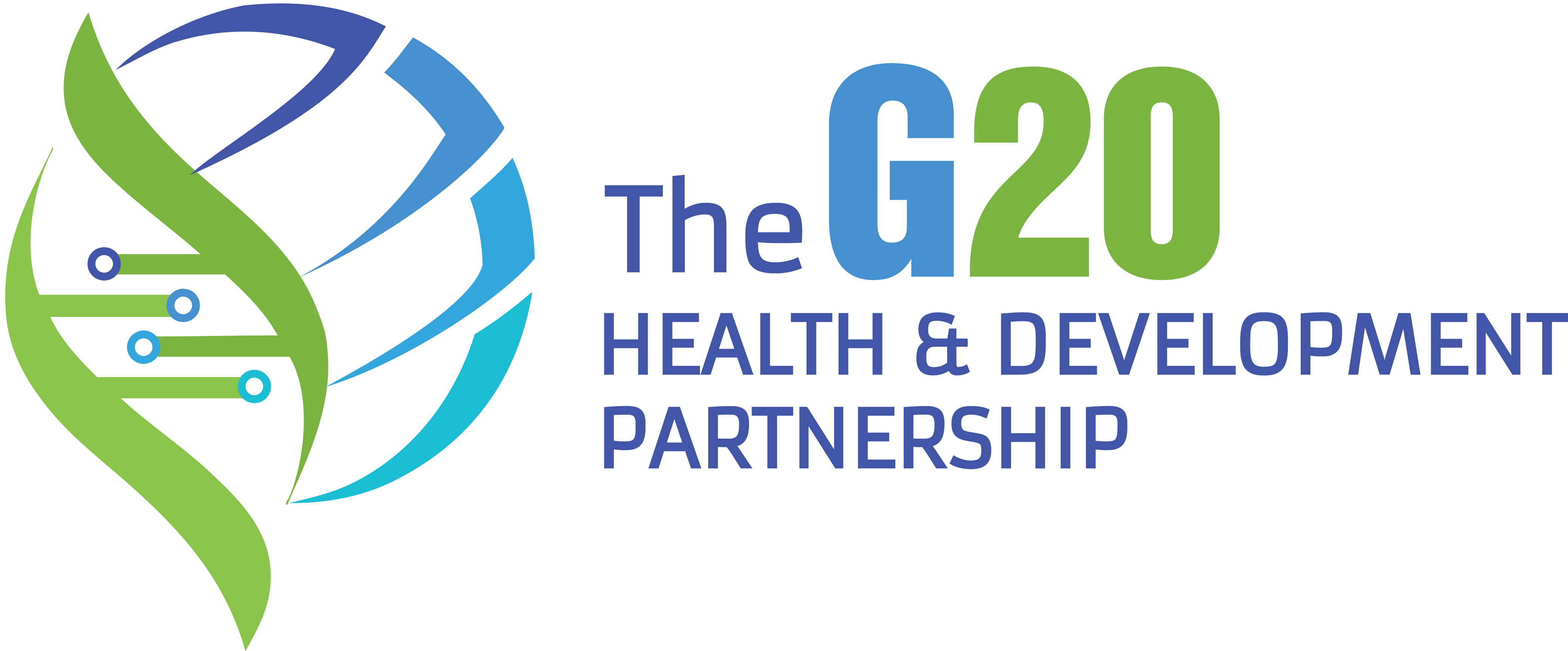The World Health Organization suggests that annual investment of up to US $371 billon is required in lower- and middle-income countries to achieve SDG 3 goals. While up to 85% of the necessary investment to achieve SDG 3 may be met with domestic resources in higher-income countries, in lower-income countries — arguably the countries for whom SDG 3 progress is most critical— annual shortfalls of up to US $54 billion are estimated to occur. Given this dramatic shortfall of resources, business as usual will not help in reaching UHC or the SDG 3 targets. Acknowledging the urgent need to rapidly improve the generation, allocation and use of funds for health, the World Health Organization’s Global Action Plan for Healthy Lives and Well-being for All has already included Sustainable Financing as its first Accelerator.
Theme two
Scaling up sustainable innovative financing to meet funding deficits – The Role of traditional and non-traditional actors in funding innovation in health
Investments in health from the private sector – including domestic private activities and private international capital flows – will be increasingly vital to complement the traditional domestic resources. The private sector that is already playing a big role in the economic development of the LMICs can also help bridge the funding gaps for UHC.
This panel will describe trends in private sector investment in health and the sources of financing (e.g. commercial, philanthropic etc). It will focus on innovative and blended financing models for tackling communicable and non-communicable diseases globally; identify the financing instruments and successful business models for mobilizing resources from the private sector; and explore the role of the public sector and donors in catalysing investment of private capital from domestic and international sources for reaching the global health targets.
